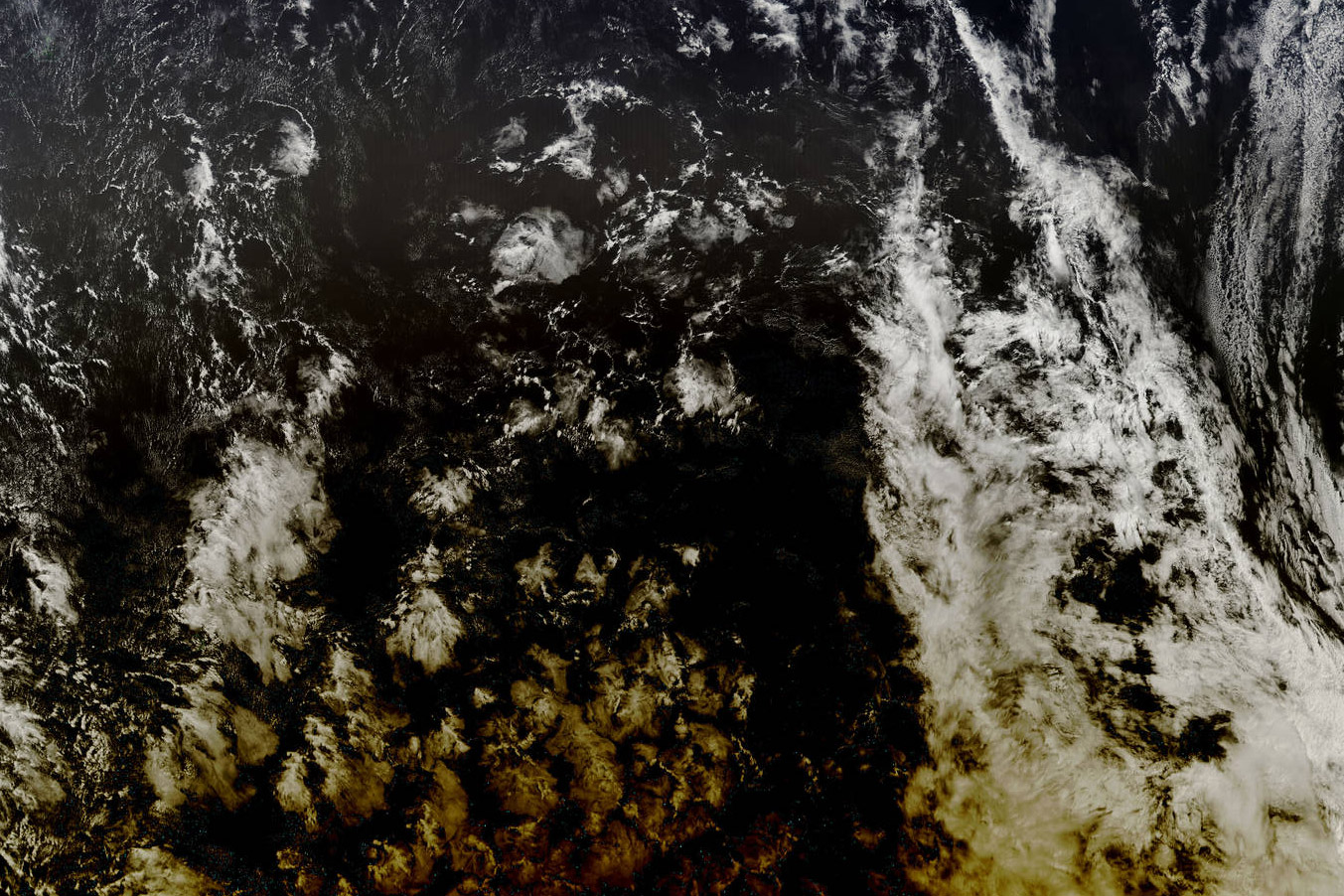Okay, we know, reader, we know—how is it possible to have any sort of socially aware, ethically conscious blog and not be posting something relevant to the Occupy movement, which— though it first may have seemed like another loud, confused, disorganized political version of Lollapalooza—now looks to be something a good bit more significant than I think any of us thought it would be.
True, hard to ignore, but we want to talk about something else really quickly, before the warm weather’s gone for aught eleven. All summer, we’ve been noticing these signs popping up on the chain link fencing of the many, many vacant lots of Brooklyn.
Maybe you’ve seen them yourselves, with a map of Brooklyn printed onto newsprint and the words “THERE ARE 596 ACRES OF VACANT PUBLIC LAND IN BROOKLYN” scrawled across the artwork.
The posters—designed by the talented Gowanus-based artist, Julia Samuels—act as both an awakening and a call to action. When you live in New York, you take for granted the fact that there are hundreds of vacant lots that we all walk or bike or drive by every day. Most of us don’t give them a second thought.
Think of the posters as a portal to that second thought.
Think of them also as an entry point to the activism of the organization behind the posters, 596 Acres, a “public education project aimed at making communities aware of the land resources around them.”
As 596 puts it—”With the goal of a food sovereign New York City in mind, 596 Acres is helping neighbors form connections to the vacant lots in their lives—from the smallest (throwing a seedbomb) to the largest (hosting a public meeting with the head of a City Agency that owns a vacant lot that was promised to the community as a park). Thanks to the Center for the Study of Brooklyn, we have learned that many of these lots are actually publicly owned and are developing a platform for negotiating interim and long term community uses for this warehoused public space. 596 acres is how much vacant public land existed in Brooklyn alone as of April 2010. If even a small portion of that was committed to neighborhood food production, we would have an abundance of fresh seasonal vegetables to eat! And think of all the grassy parks we could have! And composting sites! And whatever else Brooklynites and their neighbors know they need.”making communities aware of the land resources around them.”
Some of you may know that I used to work for a NYC public land organization, so this is an issue I’m both familiar with and excited to get behind. I also know it’s a long and storied battle in NYC and one that not new to the city or its long-time residents. But it’s heartening to see this issue spark up again with a whole new demographic of activists. Web-savy ones too—the group’s homepage features an interactive map that shows vacant lots, lots being organized around, and community gardens. It also provides pop-up street views of the areas, location details, and gives users easy-to-use organizing tools specific to lots near them.
I know. Where was this article at the beginning of the summer, when we can enjoy things like gardens and parks. Think of it this way—if you use the coming dreadful, rainy, snowy, death’s-grip months of winter to organize around a space, maybe you can have it ready for renovation by spring! And all that work will take your mind off how very, very shitty winter is in New York.
Picture above taken at the lot a block southwest of our studio…which we just signed up to organize around. Awesome basil, here we come!
As you can see from the photo below, the lot’s also been tagged by another public space group, Insert _______ Here, an interactive climate art project for re-imagining communities. I mean, youths are great and all, but basil, man. Basil.
We’ll work it out come summer. Now everyone back to protesting.




